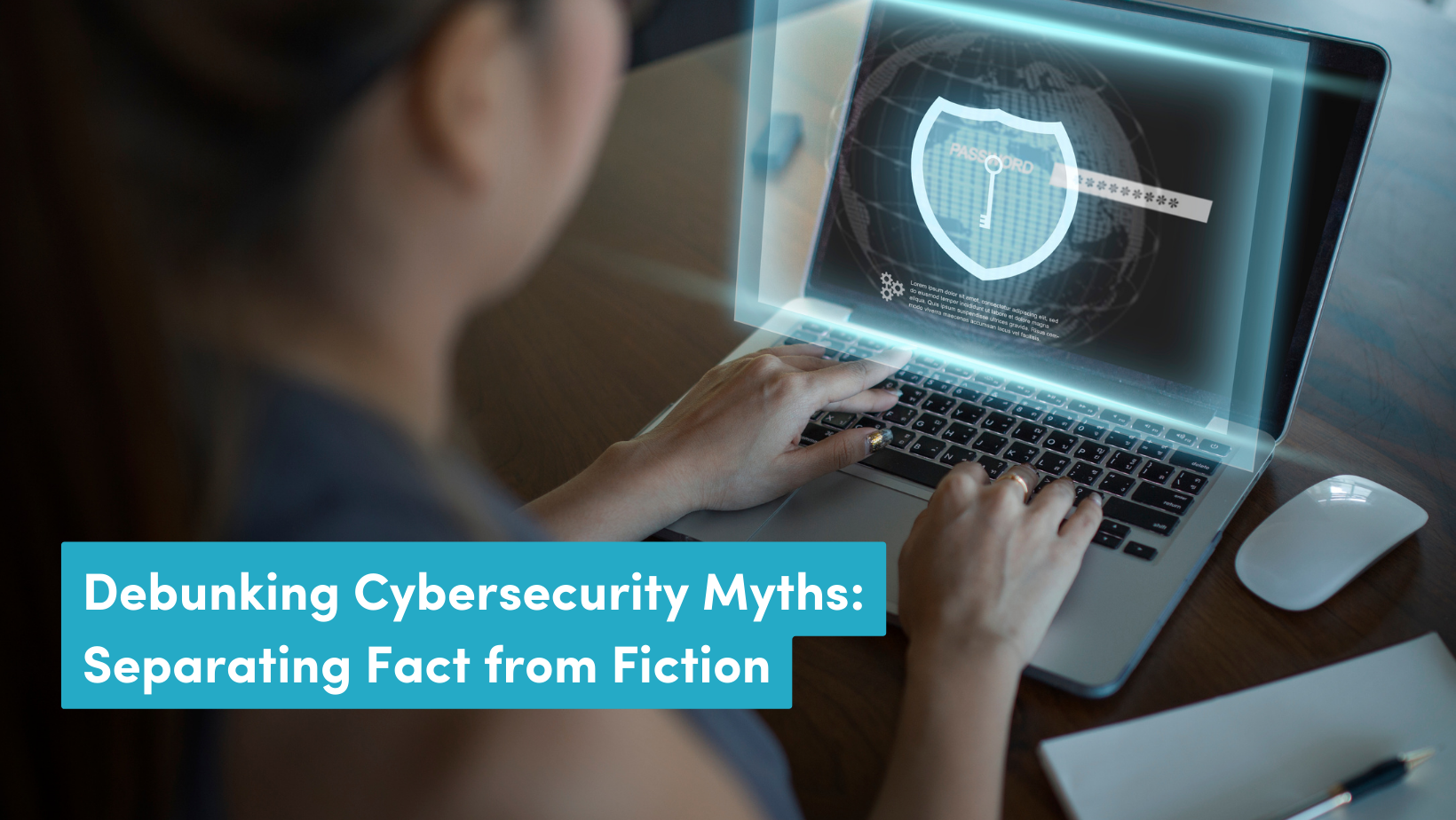Boost Your Cybersecurity Awareness: 5 Reasons to Partner with an MSP
In the rapidly evolving digital landscape, safeguarding your organisation's sensitive data and operations by increasing your cybersecurity awareness...
%20(1).png)
In the rapidly evolving digital landscape, safeguarding your organisation's sensitive data and operations by increasing your cybersecurity awareness...

In the wake of the pandemic, the global workforce underwent a seismic shift towards remote work. What was once a trend gradually gaining momentum...

In our increasingly digital world, cybersecurity has become a paramount concern for individuals, businesses, and organisations of all sizes....